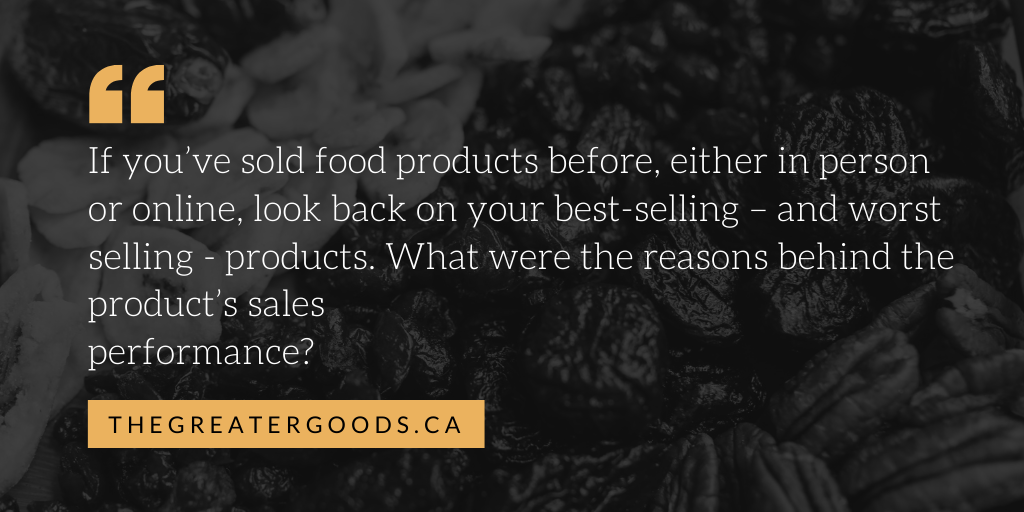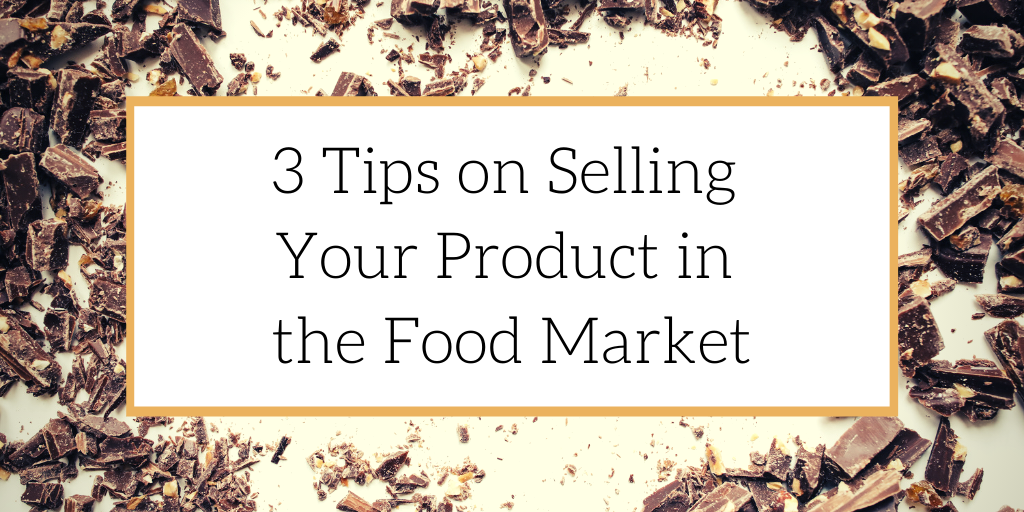After going through all the processes of food production, you are finally ready to release your food product to market. The problem is finding the right method of selling to customers. There are many routes to go, from selling independently, to wholesale, to using a food distributor.
If you’re struggling figuring out where to start, it’s important to treat the sale of your product as part of the production process. To do this, you have to figure out what will make your food product sell, where and who you’re selling it to. Here are some tips to keep in mind when selling your product in the food market.
Know Your Clientele

Being familiar with your clientele base is true for any sale, no matter the industry. If you’ve sold food products before, either in person or online, look back on your best-selling – and worst selling – products. What were the reasons behind the product’s sales performance?
A lot of the time, food products can be targeted to specific customers and clientele. If your food product features any specific health benefits or ingredients, that is a sales characteristic that can apply to a specific demographic.
Michael Adams at The Balance Small Business also says to follow up with buyers after they’ve purchased:
“After a couple days, follow up with an email or phone call. Once you get on the shelf, follow up some more. Call the buyer to see how things are going. Spend some time developing ideas for store promotions to pitch during your follow-up calls and meetings.”
Create an Interesting Product Design
Design has almost everything to do with what we buy, and the same is true for food packaging. Your product design should be visually appealing and get your message across. Highlight certain ingredients, like if your product is gluten-free, certified organic, or other certifications it may have. Consumers want to know what’s going into their food, so make an interesting design that has clear labelling.
Melinda Gaines at Chron explains more on developing interesting packaging:
“Develop attractive, functional packaging for your products that meet all U.S. Food and Drug Administration labeling guidelines for the type of food product you make – without this, no store will be able to put your food on its shelves. You can purchase wholesale food containers from online retailers or restaurant supply stores and have labels printed by a local graphics shop or do it yourself if you have the proper equipment.”
Make Direct Sales to Retailers
If you’re a small business and having trouble accessing a distributor, there are still plenty of options for you to get your product to market. One example is by making direct product sales straight to retailers. You can approach local businesses, shops, and retailers and offer your products with a wholesale price. This may take some work since you’ll be managing the delivery yourself, but some retailers will actually pick up your shipment from your manufacturing centre. Making a direct sale can often be cost-effective, too.
The British Columbia Ministry of Agriculture Marketing says if you’re just starting out, try selling to a small retailer:
“Many small companies start by talking to independent specialty food stores or local store managers of a food chain and selling directly to the store. This approach allows familiarization of working with a retailer and getting product into local stores.”
At The Greater Goods, we specialize in organic food like nuts, nut butters, dried fruits, cocoa and chocolate. Feel free to contact us for a free consultation with our expert food industry consultants and food brokers.
